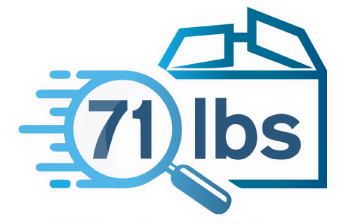Financial loss and legal trouble can impact businesses who don’t know they’re shipping materials that meet “hazardous” criteria
Some hazardous materials (HazMats), also called “dangerous goods,” are obvious. Others may be hiding in items shippers send out every day. Businesses that can tell the difference aren’t just keeping people and profits healthy, they’re protecting themselves from possible legal repercussions.
HazMat covers a broader spectrum than shippers might imagine. Here’s how UPS and FedEx classify risky packages and the shipping practices they require.
HazMat shipping with UPS
The most obvious HazMat is anything labeled radioactive, toxic/poisonous or flammable. These are typically chemicals, so if your business trades in them, refer to UPS’s specialized HazMat tables to identify and ship them in compliance with any IATA guidelines and/or DOT regulations that apply.
UPS customers can use the carrier’s WorldShip service to comply with both UPS regulations and wider regulatory requirements. Beyond the obvious HazMat, UPS has a long list of other products that can pose a serious danger if shipped incorrectly.
UPS cautions customers that it’s not an exhaustive list and that it’s designed to make shippers think before packing. Shippers must attach an authorized UPS Shipping Paper or Shipper’s Declaration to every HazMat package, with IATA shipments requiring copies of the DG Dec in triplicate.
Next, an entry must be completed in the UPS Shipper’s Certification of Hazardous Materials. Every UPS driver handling HazMat requires their own hard copy of the Shipper’s Certification; electronic versions don’t meet UPS requirements.
Fully regulated HazMat packages carried domestically by UPS can’t be heavier than 70lbs in gross weight and those carried internationally can’t exceed 30kg gross. Lower limits may apply under some circumstances. Further location- and service-specific HazMat guidelines are extensive, so shippers should refer to these or contact UPS for further information.
HazMat shipping through FedEx
FedEx splits HazMat into Accepted and Prohibited designations. The complete list of FedEx HazMat runs to an educational but lengthy 166 pages, and HazMat cannot be shipped to, from or within Alaska or Hawaii via FedEx Ground.
Every HazMat package must be Title 49 compliant in their markings with FedEx, requiring:
- Shipper and recipient addresses
- Proper shipping name as designated by the DOT
- UN/NA identification number
The last two are interchangeable since they are identical. Various HazMat types may require separate numbers, such as product codes, national stock numbers or an EX if the contents are explosive or may explode under certain conditions.
If the DOT allows a shipper’s product a special permit, that permit number must be clearly marked on the outer packaging and in any fields included on the required HazMat certification forms. Some HazMat can ship under exception. If they do, it must be clearly marked on the outside of the package and recorded as such.
Shippers using a second package to contain the first must mark the second “overpack” in either label or legibly handwritten form.
FedEx HazMat packaging requirements
Diamond-shaped hazard labels are most commonly applied to HazMat packages, and FedEx requires these to be added to packaging of a contrasting color to ensure maximum legibility. Since some packages pose more than one hazard, secondary hazard labels must be applied to packaging within 6 inches of the primary notice.
FedEx offers a handy visual aid for the various HazMat package types to give shippers the right idea of how successfully completed packages should look (select Examples of Completed Packaging in the dropdown menu). They also offer educational resources such as Ship Safe, Ship Smart, which is a neat 2-page item, and a more in-depth 168-page document that is the complete guide to FedEx HazMat shipping policy.
It’s certainly a lot to take in, so FedEx recommends that customers generate HazMat shipping papers via the DG Ready Solution. This process helps shippers meet regulatory requirements and catch any mistakes early in the process to save time and money.
Further helpful information
Reading the Check the Box guidelines from the DOT will help your business avoid contributing to the roughly 1500 HazMat shipping accidents that occur nationally every year. The DOT highlights that FedEx and UPS workers are among those injured, so it makes sense for your carrier relationship not to put their employees in danger.
The USPS Interim Final Rule (effective as of May 2019) gives some idea of the penalties for ignoring HazMat guidelines: A minimum of $314 with up to $125,314 per violation. Always remember to contact your carrier if you have any doubts about your shipments to keep you, your business and others safe.
At 71lbs, we focus on two things: a) helping customers save money on shipping, and b) helping customers understand their shipping costs. We provide refunds and savings on shipping insurance, freight and imports, among other benefits. Our automated dashboard displays easy-to-understand shipping costs and insights so you can make better business decisions. Drop by the contact page to get in touch!



